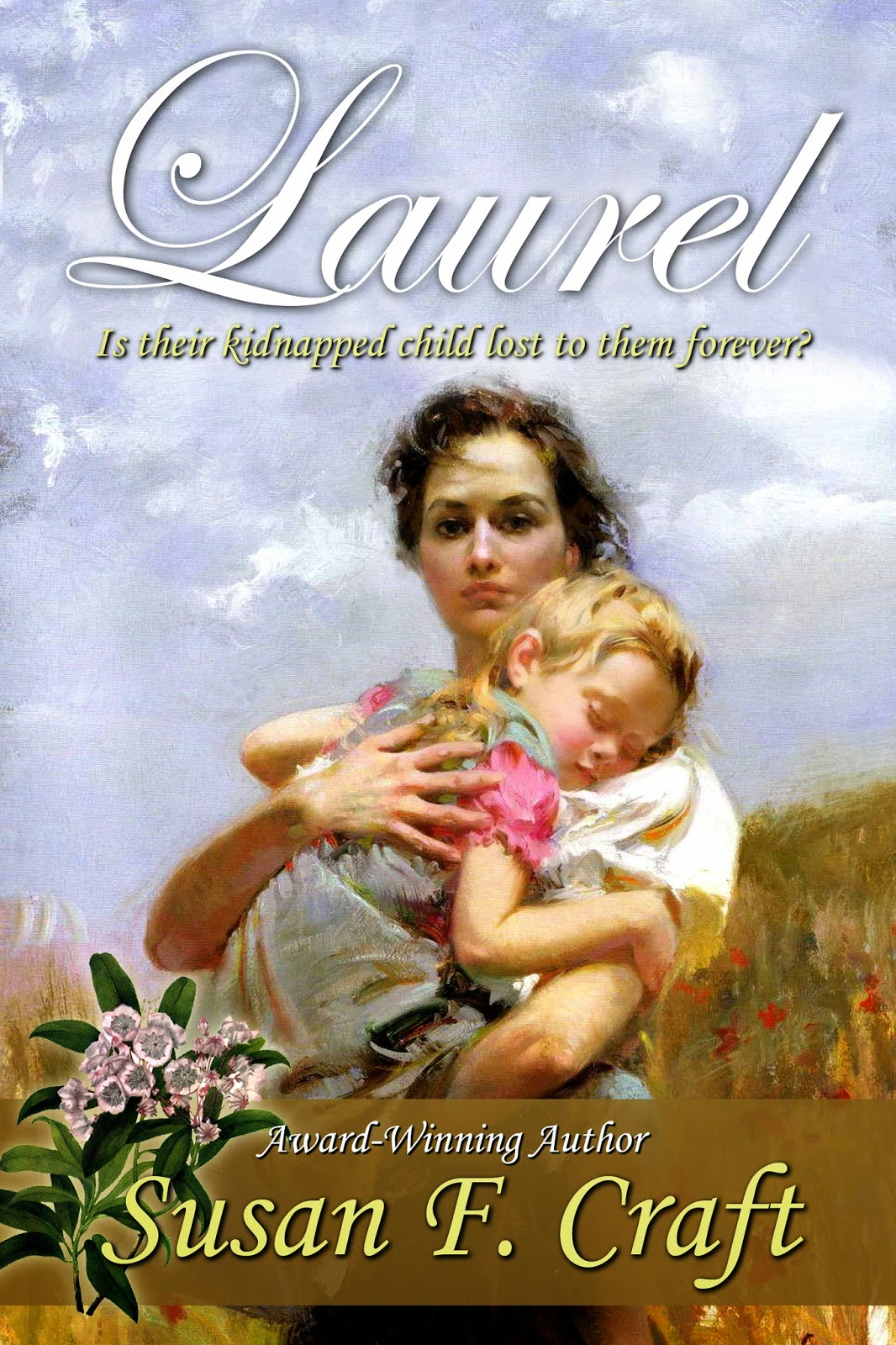By Misty M Beller
@MistyMBeller
Doesn't it seem crazy
how some books leap to the top of Amazon's bestseller ranking and others stay
somewhere around 75,000? I've studied hundreds (maybe thousands) of books on
Amazon.com, and have come to the same conclusion as many other great authors
and publishers. There are four basic ingredients to success in the cyber world
of the Amazon Bookstore.
1. Good cover that
sparks interest and/or emotion.
The cover is your
hook. Before title, before craft, before all those weeks, months and years you’ve
spent perfecting the story. Your cover art will most often determine whether a
potential readers skims past, or clicks your book thumbnail to read more.
So what makes a good
cover? I won’t list everything here, but in my opinion one of the most
important jobs of a successful book cover is to spark interest or emotion. Skim
the top books in your favorite categories on Amazon.com and you’ll see what I
mean.
As you can imagine,
developing an amazing book cover is not easy. If you’re traditionally
published, you may have little say in the outcome. But I would encourage you to
make every effort possible to ensure your cover will stir the emotion that
draws your target reader.
2. Good product
description (back cover blurb) that shows interesting characters, a great
story, and plenty of tension.
 We’re all writers, correct?
Crafters of words. So putting together fifty words to share the opening
highlights of story should be a piece of cake. I’m sure you’re chuckling with
me. J
We’re all writers, correct?
Crafters of words. So putting together fifty words to share the opening
highlights of story should be a piece of cake. I’m sure you’re chuckling with
me. J
If you were
successful in drawing a potential reader with your emotion-generating cover
art, this is the place to hook them with your “Product Description.” (Such a
bland name for a powerful text box.)
Spend focused time on
this blurb. Run it through your critique group. Seek feedback from a variety of
people, especially those in your target reader demographic. Tweak it until it
shines!
(Note to authors who
publish independently or through small publishers: You are most likely writing
the final draft of the Product Description, so you’ll want to include as many
of your keywords as you can.)
3. High number of
reviews and average rating.
Here's where we talk
about craft and producing a well-written novel. You were afraid I wouldn't mention
it, weren't you?
 We all hear word of
mouth is what sells books. The Amazon review is one of the most powerful
word-of-mouth tools you'll ever encounter. Is your book well-researched? Your
readers will appreciate that and mention it in their reviews. Did you forget to
tie up loose ends in your story line? You'll be called out on it, I guarantee.
Potential readers often look at the reviews to see if they're willing to spend
precious money and time to read your story. Hone your craft and write the best
story possible, and your reviews will reflect it.
We all hear word of
mouth is what sells books. The Amazon review is one of the most powerful
word-of-mouth tools you'll ever encounter. Is your book well-researched? Your
readers will appreciate that and mention it in their reviews. Did you forget to
tie up loose ends in your story line? You'll be called out on it, I guarantee.
Potential readers often look at the reviews to see if they're willing to spend
precious money and time to read your story. Hone your craft and write the best
story possible, and your reviews will reflect it.
How many reviews do
you need? Many writers say it seems there's something "magical" about
reaching twenty-five. After that, they seem to come so much easier and quicker.
The more reviews you have with a four- or five-star rating, the more
comfortable a potential reader will be taking a chance on your book.
4. Visibility
(discoverability) - readers can't buy the book unless they know about it.
Now we hit the meat
of it. You need a good cover, good blurb, and lots of positive reviews to help
the reader make the decision to buy. But how does the reader actually find your
book among the millions available on Amazon?
Great question! I'm
going to mention the highlights here, but I encourage you to attend the ACFW-SC
class I'll be teaching in Anderson, SC on May 23. I'll talk through these in
detail and answer any questions.
In a nutshell, the
ways to increase discoverability are:
- Advertising (both paid and unpaid)
- Social media (blog, Facebook, Twitter, etc.)
- "Personal" appearances (online and in-person)
There's so much more I'd like to mention about tips and
tricks for book-selling success on Amazon, but I'll have to save them for
another blog post. In the meantime, I'd love to hear your thoughts on anything
I've shared!
Misty M. Beller was raised on a farm in South Carolina, so her Southern
roots run deep. Her family has always been close-knit, and her husband and two
daughters now add another dimension to her life, keeping her both grounded and
crazy.
God has placed a
desire in Misty’s heart to combine her love for Christian fiction and the
simpler ranch life, writing historical novels that display God’s abundant love
through the twists and turns in the lives of her characters.













